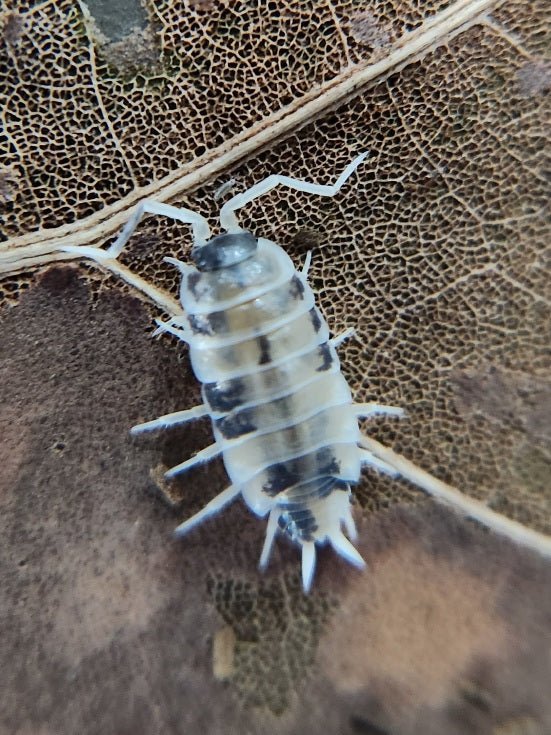In 2010, I built my first dart frog bioactive enclosure. I researched as much as possible, and I gained a lot of knowledge from multiple sources. Isopods and springtails were rather new back then, and the information regarding their care was limited as the dart frog hobby was learning as it went along. In 2024, there is so much information available, especially through social media, and all of the conflicting information is overwhelming. How are beginners supposed to know if that information is correct or useful because it is very difficult to know the experience level of the person providing the advice or information?
The good news is there is no absolute correct way to keep and care for isopods and springtails. I am always willing to share my experiences and how I keep my isopods and springtails, but there are plenty of other methods that will produce similar results. I encourage beginners to research as much as possible and not just social media. Search out information on forums, online store blogs and how-tos, and YouTube, to name a few. I see so much inaccurate advice provided on Facebook, but there's good advice on there as well, so be selective with the information received on Facebook.
As I researched back in 2010, I watched videos, read posts, and read articles over and over, and I experimented with the knowledge I obtained, and I came up with a system that worked for me, which is a combination of everything I learned. The correct system is the system that works for you! Read and watch as much as you can related to arthropod care, ask questions to specific knowledgeable people, and then using what you already have available or what you can easily source, develop your own system or utilize the methods you've researched that resonate with you. An important note to remember, everyone's climate where they live plays a significant role in how isopods and springtails need to be cared for, and a lot of people providing advice do not take climate into consideration. Someone in Arizona is not going to care for their isopods and springtails the exact same way as I do here in Florida. It doesn't mean the same systems won't work, there will just be some trial and error with how much ventilation and humidity that needs to be provided.
Another tip is not to overcomplicate isopod and springtail care. Most common species require no special equipment or supplies. All that is truly necessary for isopods is an enclosure with ventilation (can be a plastic shoebox with holes drilled in it), an organic soil substrate (peat moss or an organic topsoil work well), a lot of leaves, a source of calcium, sphagnum moss, and a piece of wood or bark. Springtails need an enclosure (I use food storage containers) and a substrate (soil or clay - charcoal is not recommended because most species cannot survive on charcoal). Start off with the basics, and once you have mastered keeping your isopods and springtails, then it's a good time to add any additional "unnecessary" items you've been wanting to add to the enclosures such as magnolia pods, food dishes, etc.
Be careful with the supplemental foods you offer as it can encourage pests (fungus gnats, mites). Leaves and decaying wood are the main food source for isopods. Any supplemental foods such as flaked fish food, dried shrimp, vegetable scraps, should be fed in very small amounts one time a week. It's okay if the isopods don't have supplemental food for a few days. They are perfectly happy munching on the insanely large amount of leaves you have in their enclosure! Springtails also don't require any special springtail-specific food. I feed my springtails twice a week, and I feed them active dry baking yeast with the exception of FL orange, which I feed flaked fish food. Again, feed small amounts, and it is fine if they go without supplemental food for several days.
In summary, here are my best tips for beginners --
1. Research, research, research reputable sources of information as opposed to only reading posts on social media. Ask knowledgeable keepers questions directly. Most experienced keepers are happy to help.
2. Don't overthink their care and start with the basics. Refine your system of keeping the isopods and springtails as you learn what works and what doesn't work for you.
3. Leaves are important! Feed very, very small amounts of food. I cannot stress this enough. New colonies do not need more than a pencil eraser-sized piece of supplemental food each week.
I have adjusted how I keep and care for my isopods and springtails over the years as I learn new techniques for what works for me personally, and you will do the same. If your system isn't working, research other methods, and tweak your system until it works. You've got this!!!



